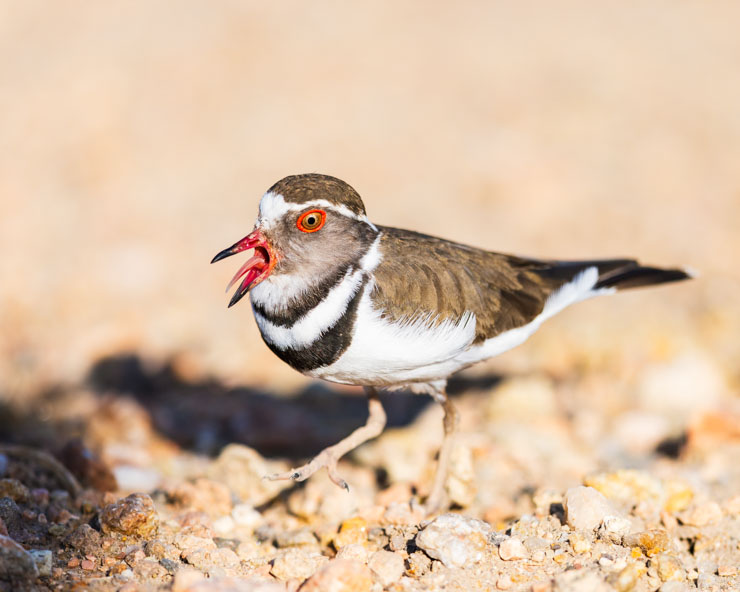
The passage of time brings to light repeated patterns of movement; for birds and other animals this rotation is termed migration. For humans like myself I’m not too certain of the accurate terminology, but I’ve declared the middle of the year safari season for myself – which explains my absence from this blog for several weeks for the second consecutive year. Despite the list of activities involving eating, driving, and looking – it proves to be surprisingly tiring especially as the weeks pile on. In addition to the usual logistical responsibilities thrust upon guides, I’m also photographing here and there and therefore each night after dinner files must be transferred and backed up to avoid the unthinkable. This fact, however, means that there is now a near bottomless pit of fresh pictures of East African birds to share.
This year we ran a few safaris, two of which were sold as “wildlife tours”. Clearly, my people know me well, and we spent much more time enjoying the birds than the plethora of megafauna on display. Of course there are some birds that slide into the charismatic megafauna category: think Shoebill, for example. After all, in addition to flock, one of the words used to describe a group of Common Ostriches is herd.
One of the places we return to multiple times in Kenya is Amboseli. The national park and surrounding areas are incredibly famous for the substantial population of Savanna Elephants, Amboseli National Park itself has been the seat of elephant conservation in the region and is widely referred to as the “home of the elephant”. The pachyderms are positively supreme in all spheres. Their silent awareness of all manners of life in an unfathomably wide radius is humbling to say the least, and I have many stories of elephant experiences that can’t fit in a birding blog. It isn’t always advertised as a birding site, but Amboseli National Park is a UNESCO Biosphere Reserve and one of Kenya’s 60 Important Bird Areas – boasting approximately 400 species.
The incredible variety of birdlife is on display even before entering the park itself. Of course, it is near impossible to visit Kenya and not see at least one hundred Superb Starlings. At the gates, a constant squeaky chattering in the trees means a colony of White-browed Sparrow-Weavers have taken residence, evident by the scores of intricately woven spherical nests. Keeping eyes on proceedings from a distance are Fork-tailed Drongo, Speckled Pigeon, and if one is lucky, Pygmy Falcon.
Entering the park flushes Chestnut-bellied Sandgrouse, while Hartlaub’s Bustards and Grey Crowned-Cranes strut through the short grasses. Black-headed Herons are masters of their patient craft and stand motionless, even roadside. One must typically come to a complete stop to see the absurdly beautiful Double-banded Courser, as these crepuscular birds typically stay off the road. They are meant to blend into their surroundings, and patient observers will notice first one, then two, then possibly more of these intricately plumaged birds pottering about in the dirt. On distant, large acacia trees White-backed Vultures roost and can be seen adorning the crowns of the trees in the early morning, when the air is still crisp and cool. An approaching behemoth turns out to be a Kori Bustard, the world’s heaviest flying bird. I did, for the very first time, see one of these birds take to the air on massive, broad wings – but I was at the time trying to photograph elephants sparring at sunset. A common conundrum in these parts, trust me.
Further into the park, where the sandy surface gives way to rocks, one would find many more tiny birds rummaging about on the ground. From Fischer’s Sparrow-Lark to Kittlitz’s Plover and surely countless unseen others, this is the place where birds are designed to look like dirt. There are few trees here, most of them have either Superb or Wattled Starling somewhere in the foliage. The sky is a true limitless African sky, and rising thermals take vultures to lofty heights as Black-winged Kites hunt, hovering within striking distance.
Amboseli’s hidden wealth is in its water, however. I’ve attempted to get there for sunrise, but doing this successfully would entail driving into the park with eyes and ears sewn shut. Thankfully, most of the birds are still around even in the heat of the day. On a good day, both Greater and Lesser Flamingo would be feeding near to the road. Several species of ducks dot the waterways, including Red-billed Duck, Cape Teal, Blue-billed Teal, as well as some larger species such as the very beautiful Knob-billed Duck, the ubiquitous Egyptian Goose, and the positively massive Spur-winged Goose. Dainty Black-winged Stilts prod the shallows along with an array of lapwings including Blacksmith, Spur-winged, and Crowned Lapwing. Whiskered Terns patrol the shoreline from above, while African Spoonbill and Yellow-billed Stork forage at water level. Numerous Red-capped Larks feed on small insects on the shore, completely dwarfed by resting Great White Pelicans.
In more vegetated waterways one can find the perfect mix between egret and bittern in the form of the Squacco Heron. A larger heron can be the previously mentioned Black-headed Heron or the standard Grey Heron. A heron that is even larger than these two must be their ruler – Goliath Heron. Frenetically running across the floating vegetation on bright red legs is the Black Crake, a surprisingly easy sight given the fact that it is a crake. It is in stark contrast with the more patient foraging of the African Jacana, also very comfortable on floating vegetation. Little Egrets bicker at the water’s edge while hidden in the papyrus is a colony of Taveta Golden-Weaver. A flash of colour in the reeds can be any manner of bishop – seeing a male is critical for identification as the females are all cryptic and must do absurd things like show off their ear coverts and leg colour for there to be an inkling of species classification. Did I mention that males must also be in breeding plumage? Unless one wishes to examine feather edging and extent of flank streaking. For those far more experienced than myself, this must be rudimentary – but I still unashamedly rely on seeing a breeding plumage male bishop!
I’ve been birding in this park several times but will share a small gallery of birds seen only on our first tour this year – from one afternoon and one full day. Enjoy and please let me know your favourite!
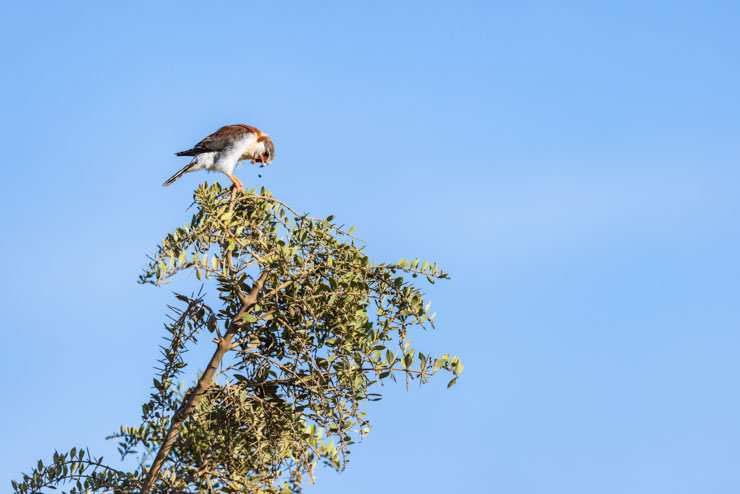
A Pygmy Falcon regurgitates a pygmy pellet.
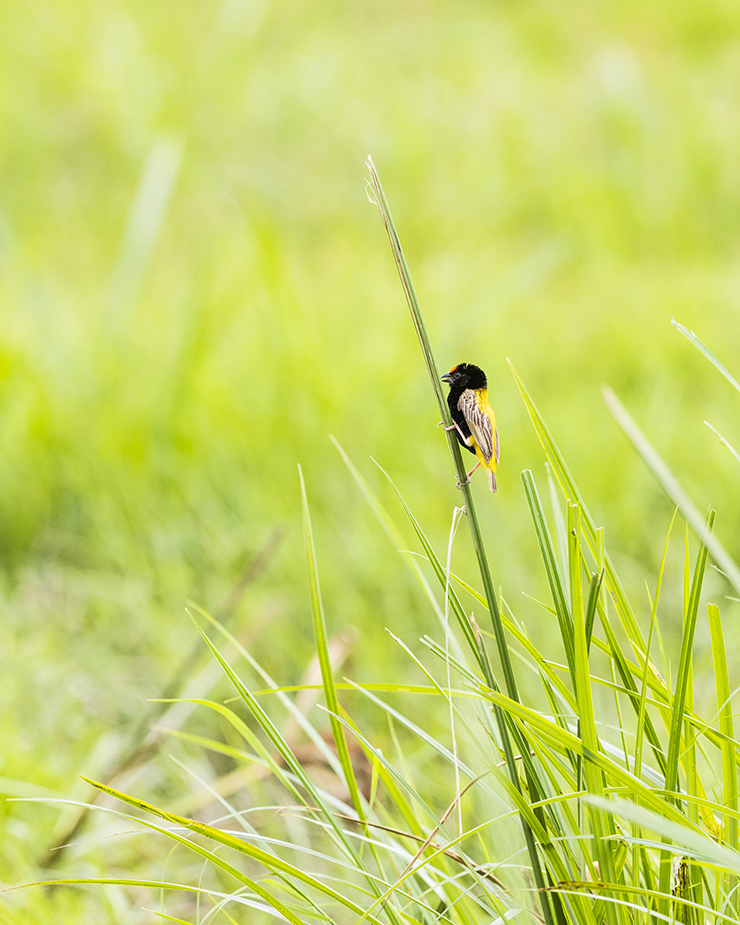
Fire-fronted Bishop, with notable fire front.
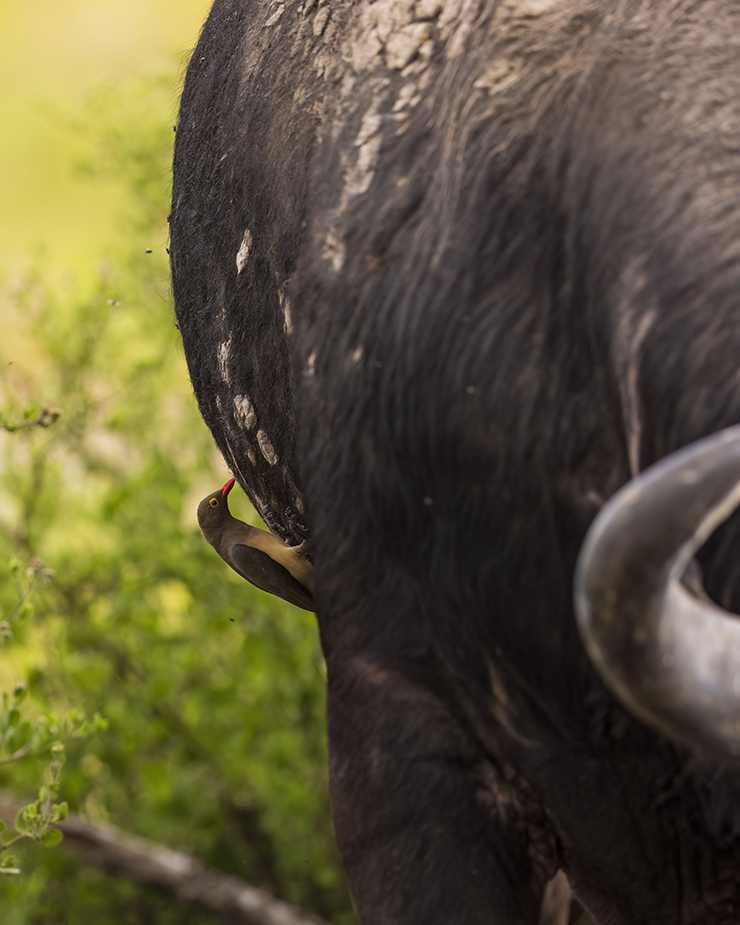
Red-billed Oxpecker, in situ.
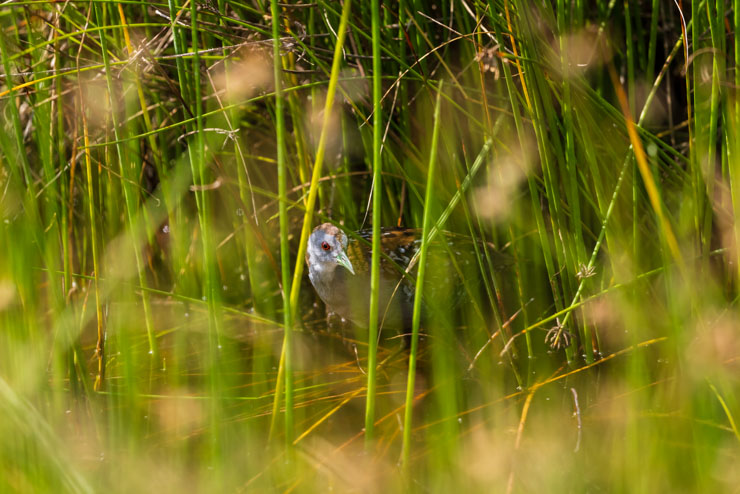
Much more crake-ish behaviour from this Baillon’s Crake.
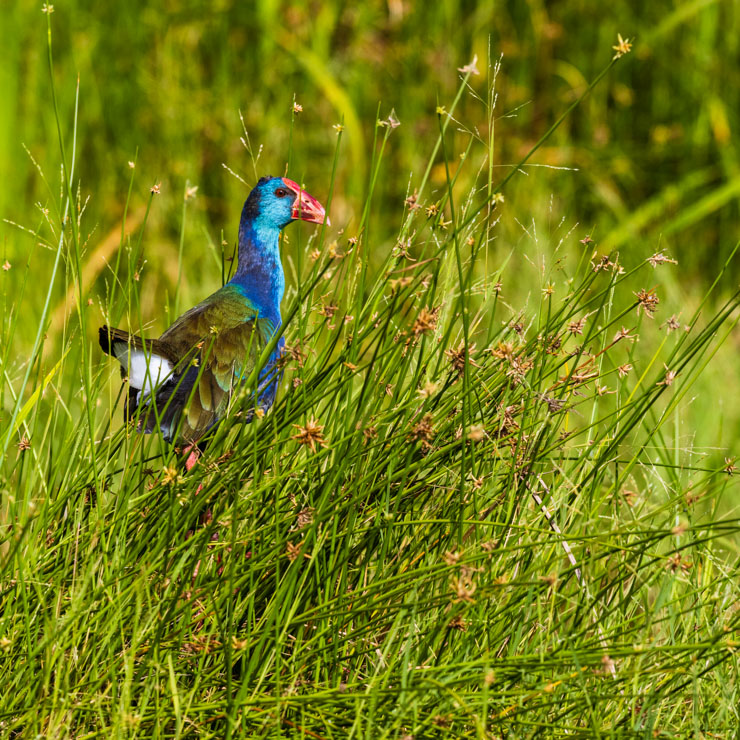
African Swamphen
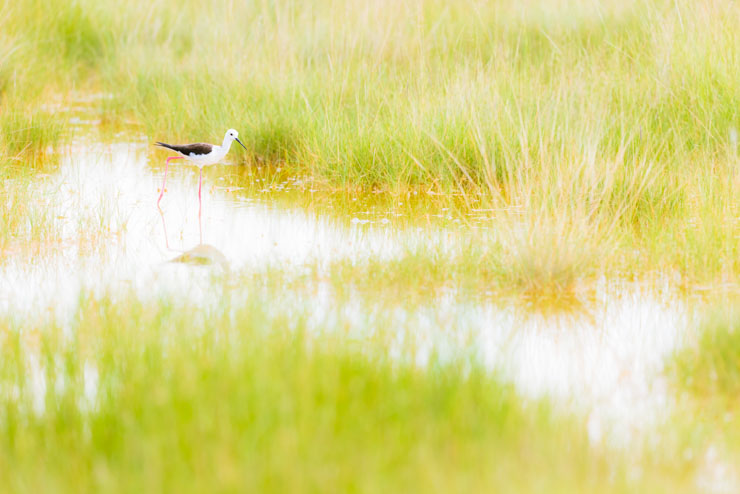
Black-winged Stilt
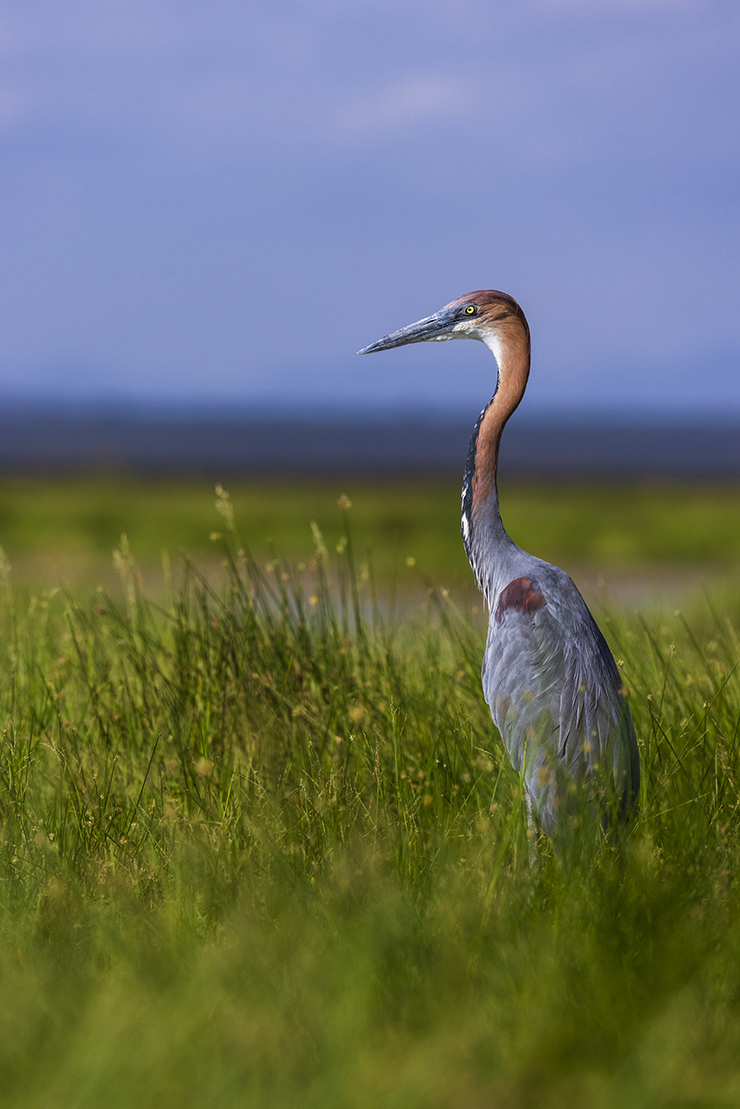
Towering over all things, this Goliath Heron could barely fit in the frame.
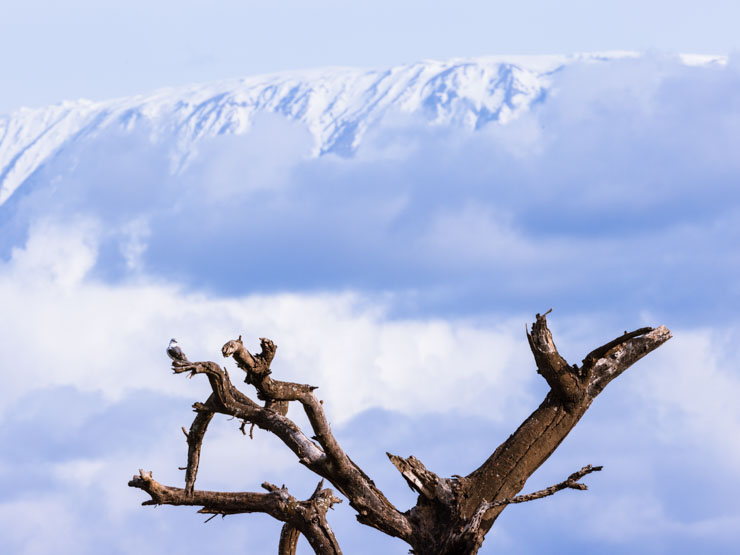
Black-winged Kite with the ice-capped Mt Kilimanjaro rising from the clouds
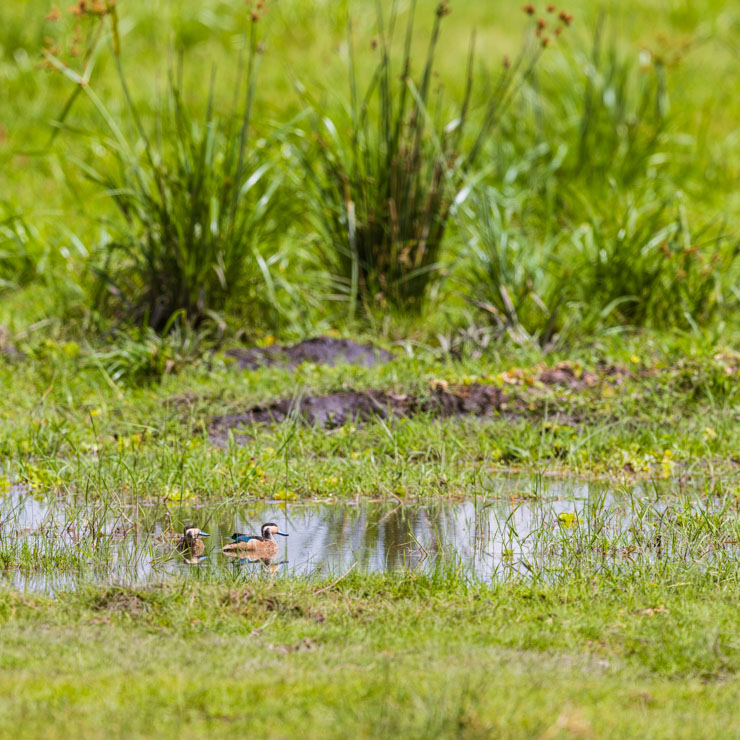
Blue-billed Teal
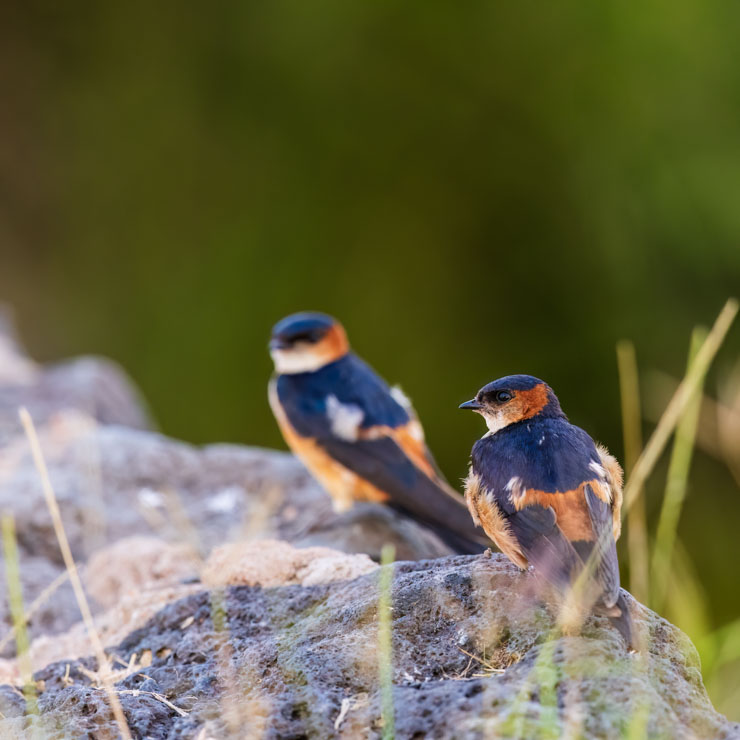
African Red-rumped Swallow
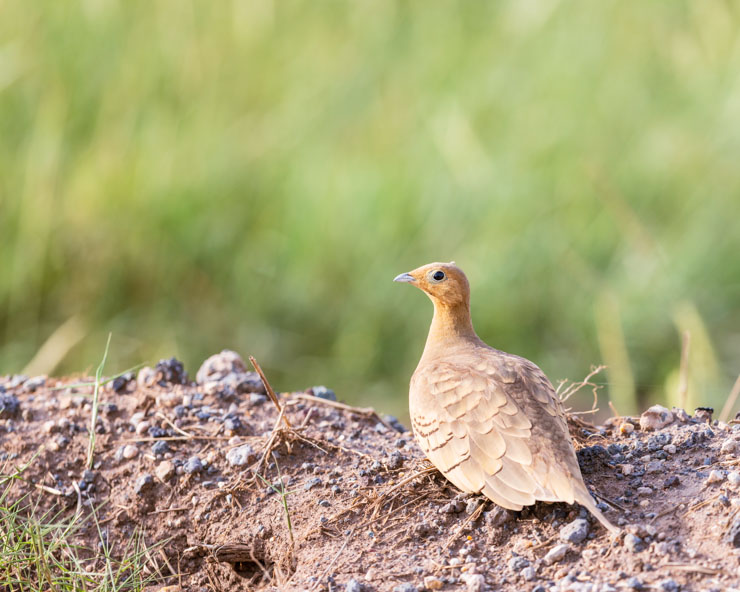
Chestnut-bellied Sandgrouse
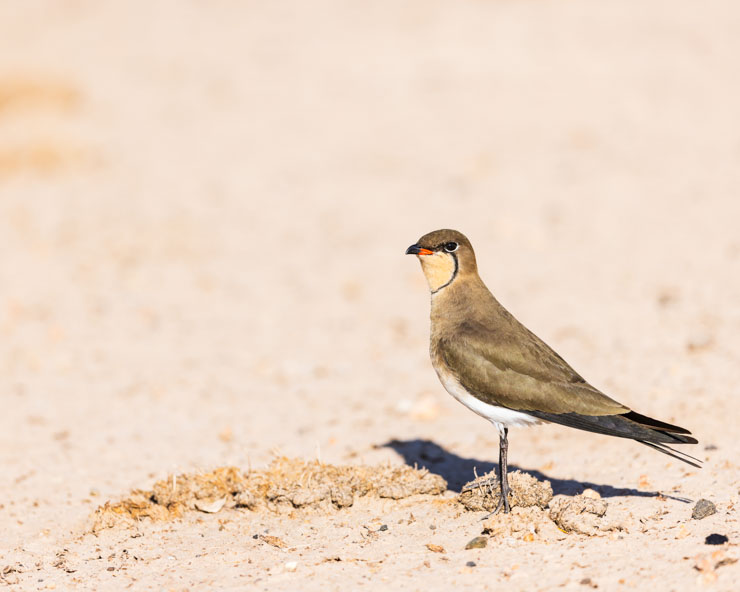
Collared Pratincole
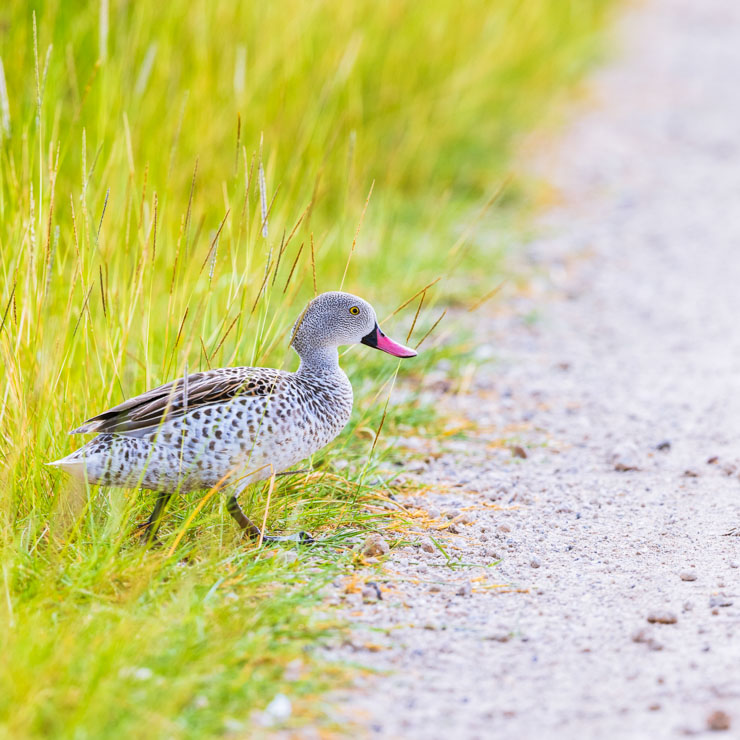
This Cape Teal decided to cross the road in front of us.
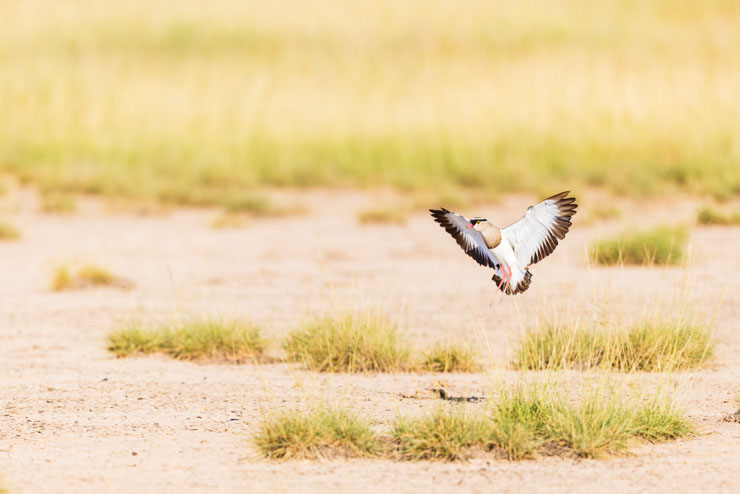
Crowned Lapwing
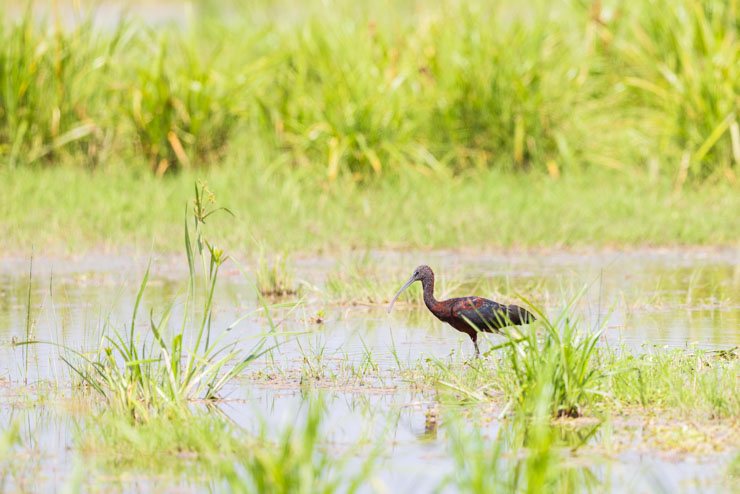
Glossy Ibis
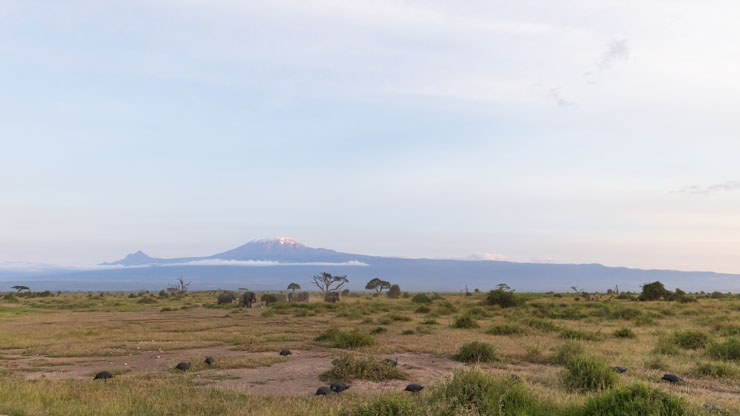
A flock of Helmeted Guineafowl feed amidst the elephant-dotted landscape in front Mt. Kilimanjaro.
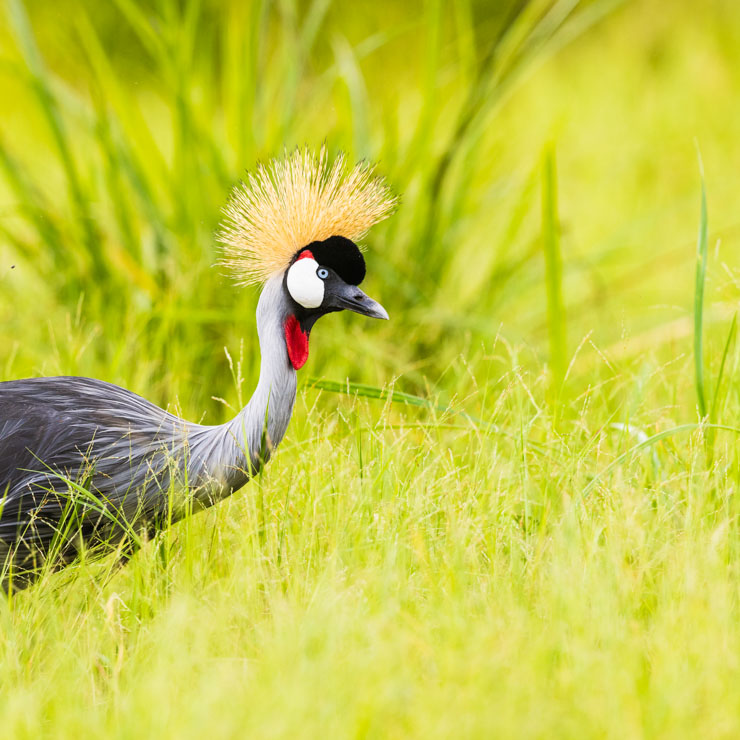
Grey Crowned-Crane
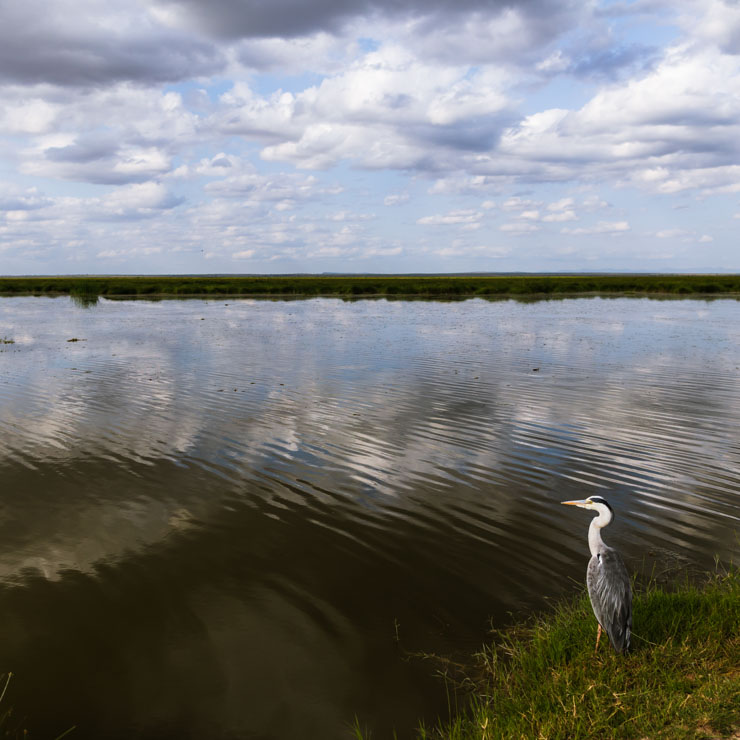
Grey Heron
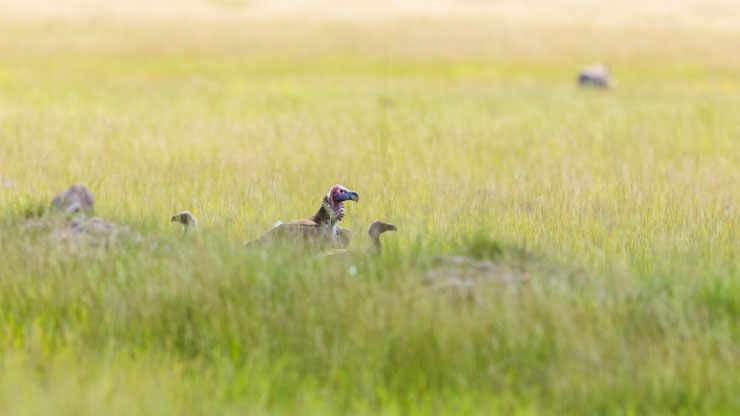
A Lappet-faced Vulture between a pair of White-backed Vultures.
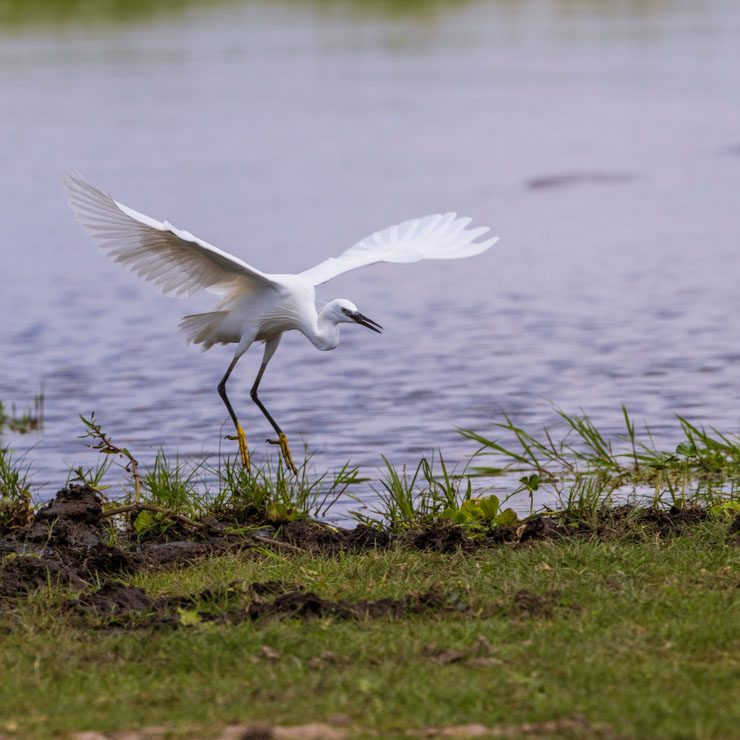
Little Egret
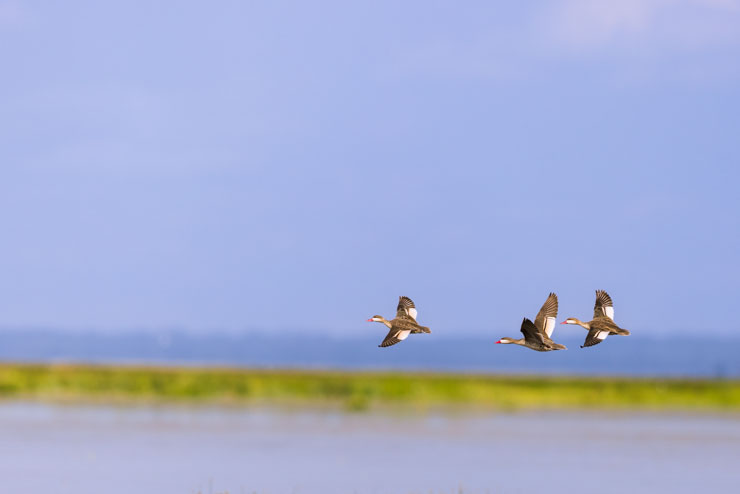
Red-billed Duck
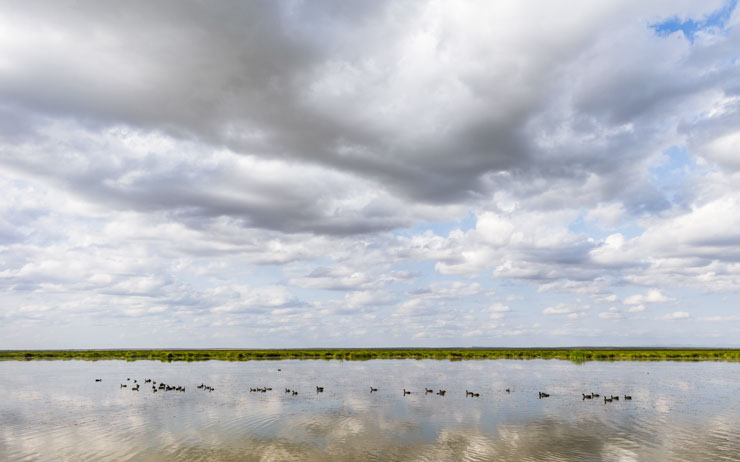
Red-knobbed Coot
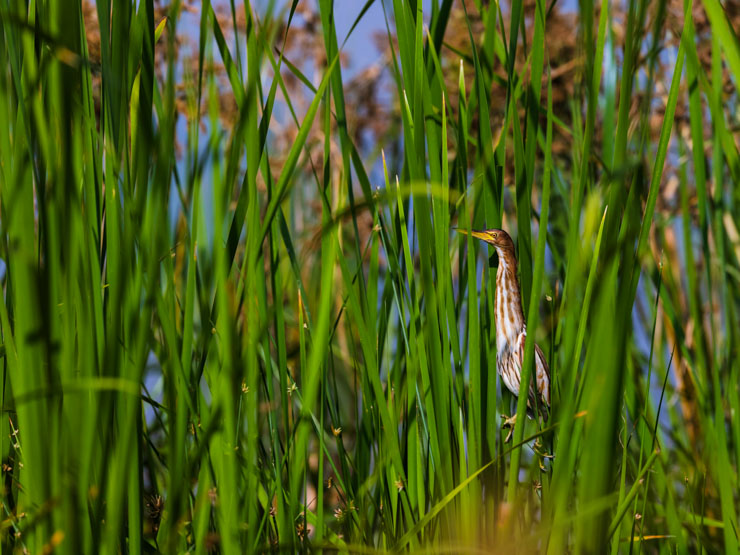
I left an unidentified bishop to photograph this Little Bittern. I do not regret my decision.
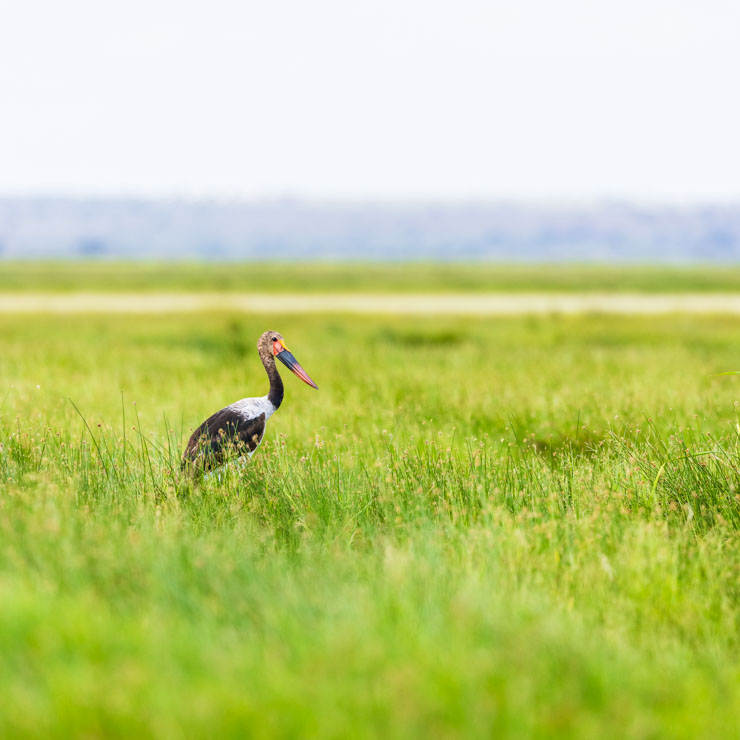
Saddle-billed Stork

Three-banded Plover


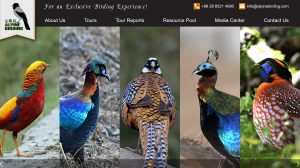
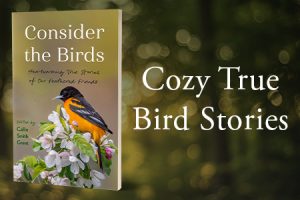
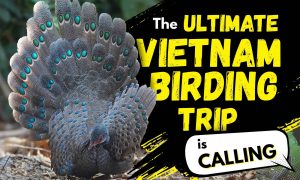


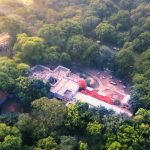
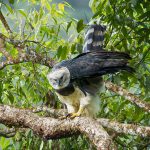
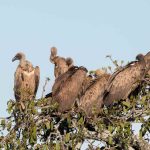
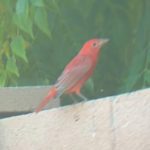
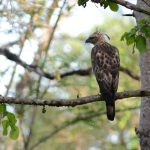
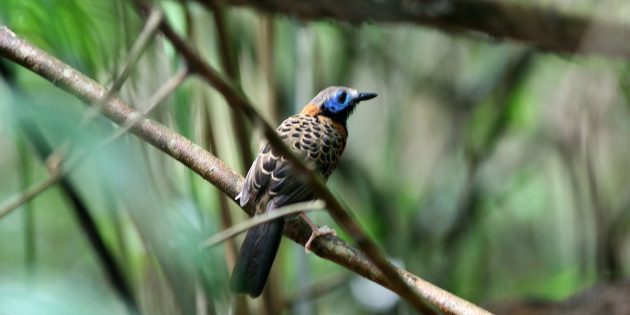
Leave a Comment